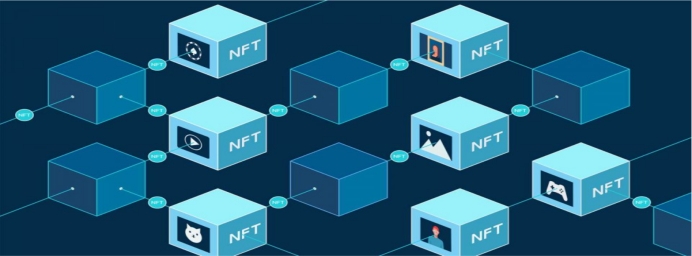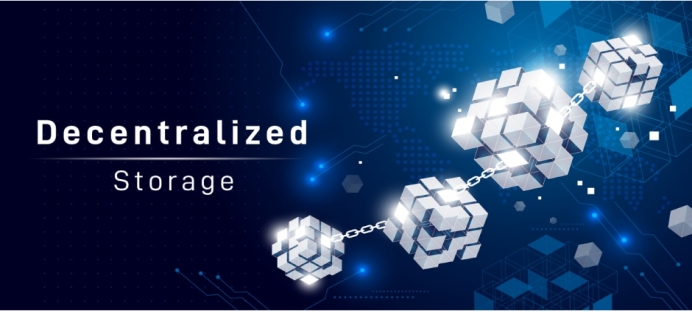Web3: A New Era of Decentralized Communication
Web3 is not just about decentralizing finance or data storage; it also has the potential to revolutionize communication. With Web3, we can move away from the centralized communication platforms of the past and towards a decentralized, peer-to-peer communication system that gives users more control over their data and privacy. In this article, we’ll explain what Web3 is and how it works with regards to communication.
What is Web3?
Web3, also known as the decentralized web, is the next evolution of the internet. It is a new architecture for the internet that enables the creation of decentralized applications (dApps) built on blockchain technology. Unlike the traditional internet, which is centralized and controlled by a few large corporations, Web3 is decentralized, open-source, and community-driven.
Web3 is designed to give users more control over their data and enable peer-to-peer interactions without the need for intermediaries such as banks, governments, or tech companies. This new architecture is built on blockchain technology, which is a distributed ledger that records transactions in a secure and transparent way.
How does Web3 work with regards to communication?
Web3 provides a decentralized infrastructure for communication that enables users to interact with each other in a trust less and transparent way. This decentralized infrastructure is made up of four main components.
Blockchain Graph

Blockchain: Web3 relies on blockchain technology to store data and execute transactions in a decentralized and secure way. Blockchain enables trust less transactions and makes it possible to create decentralized applications that can operate without intermediaries.
Smart Contracts Example

Smart Contracts: Smart contracts are self-executing contracts that run on a blockchain. They enable the creation of decentralized applications and provide a way for users to interact with each other and with dApps without intermediaries.
Decentralized Storage

Decentralized Storage: Web3 applications rely on decentralized storage systems, such as Interplanetary File System (IPFS), to store data in a distributed way, making it more secure and resistant to censorship
Decentralized Identity

Decentralized Identity: Web3 uses decentralized identity protocols, such as DID and Verifiable Credentials, to enable users to have control over their identity and data.
With Web3, communication can take place through decentralized messaging apps, such as Status or Element, that enable peer-to-peer messaging without the need for
intermediaries. These apps are built on top of blockchain technology and use smart contracts to enable secure and private communication.
Web3 also enables the creation of decentralized social networks, such as Steemit or Minds, that give users more control over their data and privacy. These social networks are built on blockchain technology and use decentralized storage and identity protocols to ensure that users have control over their data.
Conclusion
Web3 is not just about decentralizing finance or data storage; it also has the potential to revolutionize communication. With Web3, we can move away from the centralized communication platforms of the past and towards a decentralized, peer-to-peer communication system that gives users more control over their data and privacy. As Web3 continues to evolve, we can expect to see a new wave of innovative dApps that will change the way we communicate with each other and with the world.









Leave a Reply